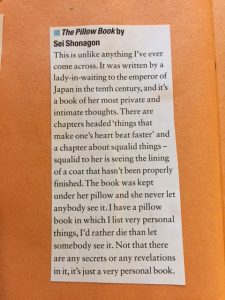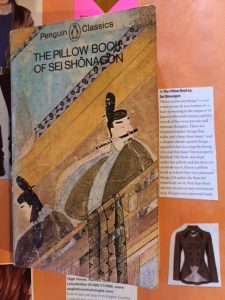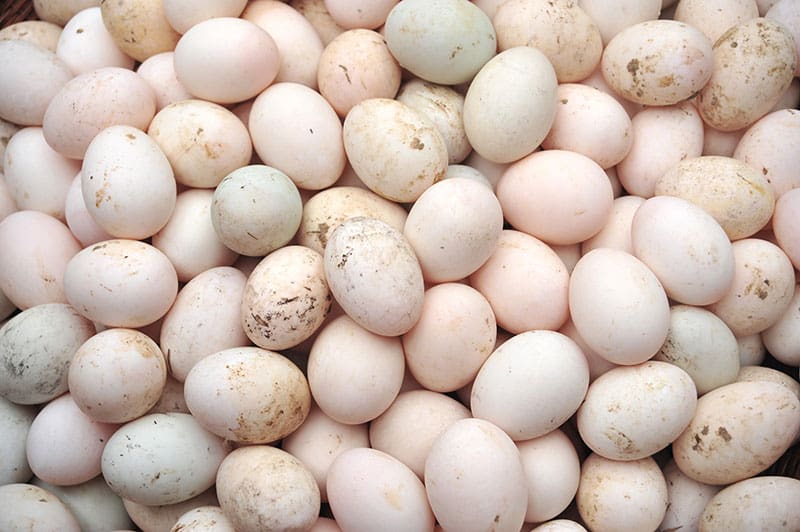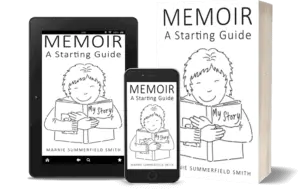So! The snow is behind us, spring is in the air, and with the Spring Equinox on March 20th, the time has come for my new Zuihitsu Saijiki Memoir Writing classes to begin.
I’ve allowed for 12 spots in the class, and eight have been taken, so let me know as soon as possible if you’d like to come. The classes cost £12 and take place from 7.30-9pm on the third Tuesday of each month in the Umbrella Cafe, behind the Umbrella Community Centre in Oxford Street, Whitstable.
About 10 years ago, I read a review for The Pillow Book of Sei Shonagon. “This is unlike anything I’ve ever come across,” read the review. “It was written by a lady-in-waiting to the emperor of Japan (actually Empress Teishi, I’ve since found out) in the 10th century, and it’s a book of her most private and intimate thoughts. There are chapters headed Things That Make One’s Heart Beat Faster and a chapter about Squalid Things…”
The review continued and I was intrigued. But I stuck it in my scrapbook and thought no more of it. So many books, so little time. Then last September, I was in the fabulous Baggins Book Bazaar in Rochester (Britain’s largest secondhand bookshop) and spotted The Pillow Book in a £1 bin. I scooped it up, started reading, and was hooked. I have dog-eared so many pages of incredible writing, for example, Sei Shonagon’s lists, from which I have selected just a few items:
29. Elegant Things
Duck eggs.
Shaved ice mixed with liana syrup and put in a new silver bowl.
Plum blossoms covered in snow.
44. Things That Cannot Be Compared
Rain and mist.
When one has stopped loving somebody, one feels that he has become someone else, enough though he is still the same person.
97. Things That Give A Clean Feeling
The play of light on water…
98. Things That Give An Unclean Feeling
Children who sniffle as they walk. Conversely, the face of a child drawn onto a melon makes list 99. Adorable Things, where Duck Eggs also make a further appearance.
Believing she was writing in private, some of Sei Shonagon’s lists and observations can be quite mean-spirited and are certainly judgemental. (Aren’t we all, at times, in our diaries and inside our minds?). In Hateful Things she expresses a dislike for “elderly people warming their hands over a brazier, stretching out the wrinkles.” And worse, those who warm their feet in the same way! She can be extremely funny (people who won’t stop talking when you’re trying to leave, women with sleeves of unequal width, men eating) and also poetic. There are many exquisite and ethereal pieces about lovers, the weather, musical instruments, sympathy, clouds: “It is moving to see a thin wisp of cloud across a very bright moon.” Two paragraphs called When A Woman Lives Alone are fascinating…
Her writings on significant dates, or times of year, such as: In The Fifth Month, During The Hot Months, On The Tenth Day Of Each Month capture conversations, ritual, the time and the culture, as well as emotions and reflections.
The Pillow Book became hugely significant in Japan and without meaning to, Sei Shonagan spawned a whole new literary genre called Zuihitsu, which means to follow the brush, or in our case, the pen. It appealed to me because so many of the writers I meet at workshops and on retreat, struggle with the question of how to structure their memoirs. A common issue is: I have my whole life to write about, where do I start? I’ll write a blog post about this as there are many choices. But quite often my advice to people is often to pick a thread and follow it to see where it goes. In Zuihitsu we pick up our pens and follow them to see where they go. We take a contemplative walk through the mind.
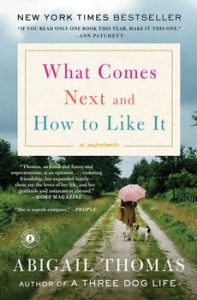
So, what will my Zuihitsu classes be like? They will be a place to record your life. They will be mindful and peaceful. I might start each one by playing a short guided meditation to clear our minds and help us bring to the surface what we want to create. You can write about the past, of course. Or the present, maybe even your future wishes. Bring whatever materials you like. I will give you writing prompts that you can ignore or use. You can share your work, but you won’t have to. Privacy will be respected. You can ask me questions and I will help you develop what you’re doing. Bring your flask! I’ll be bringing in elements of Saijiki, which is the Japanese art of creating a year’s journal inspired by nature, so that will inform the prompts I give.
And so, we will create a memoir, maybe you’ll call yours a Pillow Book. It will be filled with beautiful writing, writing that is still taking shape, long pieces of prose and short feisty snippets, drawings, poems, photographs with explanations, diary extracts, overheard conversations, even glued-in items, maybe lists! Anything goes, however you want to write about your life. I’ll be doing mine in a concertina journal, let me know if you’d like me to get you one.
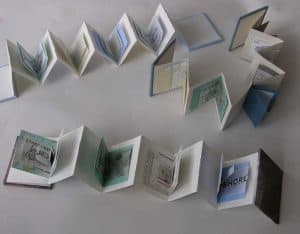
At the end of the year (and you can join at any time if there is room), we will have a book of our lives. You may never want to show it to anyone. Or it might help you to think about and harness the story that you actually want to share with friends, family, even the wider world.
It’s slightly experimental, we’ll each do what works and not what doesn’t. And there will be cake.
See you there?
